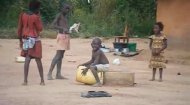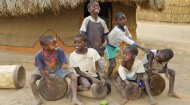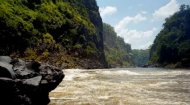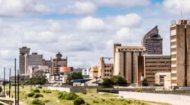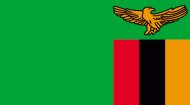|
Zambia Profile
A Zambia country profile including a social and economic profile together with details of daily life in Zambia, its history, news and video. The republic, with its population of 21.6 million (2025) of which roughly 50 per cent are under the age of 14, is situated in southern Africa bordered by the Democratic Republic of Congo, Tanzania, Malawi, and Mozambique, Zimbabwe, Botswana, Namibia and Angola. The Zambia (named after the Zambezi river that flows through the country) was one of Africa's richest countries up until its independence from the United Kingdom in 1964 not least because of its rich copper mining and export heritage. However following that independence, Zambia followed the route of so many emerging African nations with one party installing itself in power and opposition parties suppressed.
| |
Zambia's first president, Kenneth David Kaunda, pursued this route and his socialist policies severely damaged the country',;s economy and infrastructure which was already under resourced at the time of independence. By 1991 civil unrest forced multi party elections with Frederick Chiluba becoming president. Today Zambia is a relatively stable multi-party democracy having experienced a number of successful and peaceful transitions of power although serious challenges face the country. Such challenges include widespread poverty, a low life expectancy of 65.22 years (2025) not least because of the high prevalence of AIDS and the high numbers of orphans in the country ~ 30% of all children in Zambia under the age of 15 are orphans. Many of them head towards urban areas simply to survive by begging, forced labour and/or sexual exploitation. One fifteen year old boy described the lifestyle: "I have lived like this since 2001 when my parents died. I sleep in ditches. If I see people carrying plastic bags, I ask to help. They give anything, maybe 1,000 kwacha [UK 18p], maybe more."
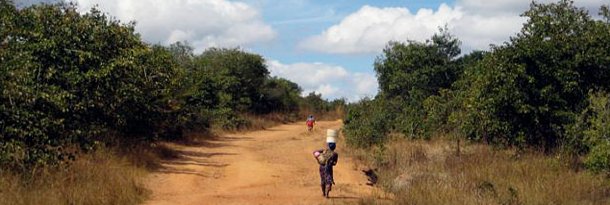 | |
| |




